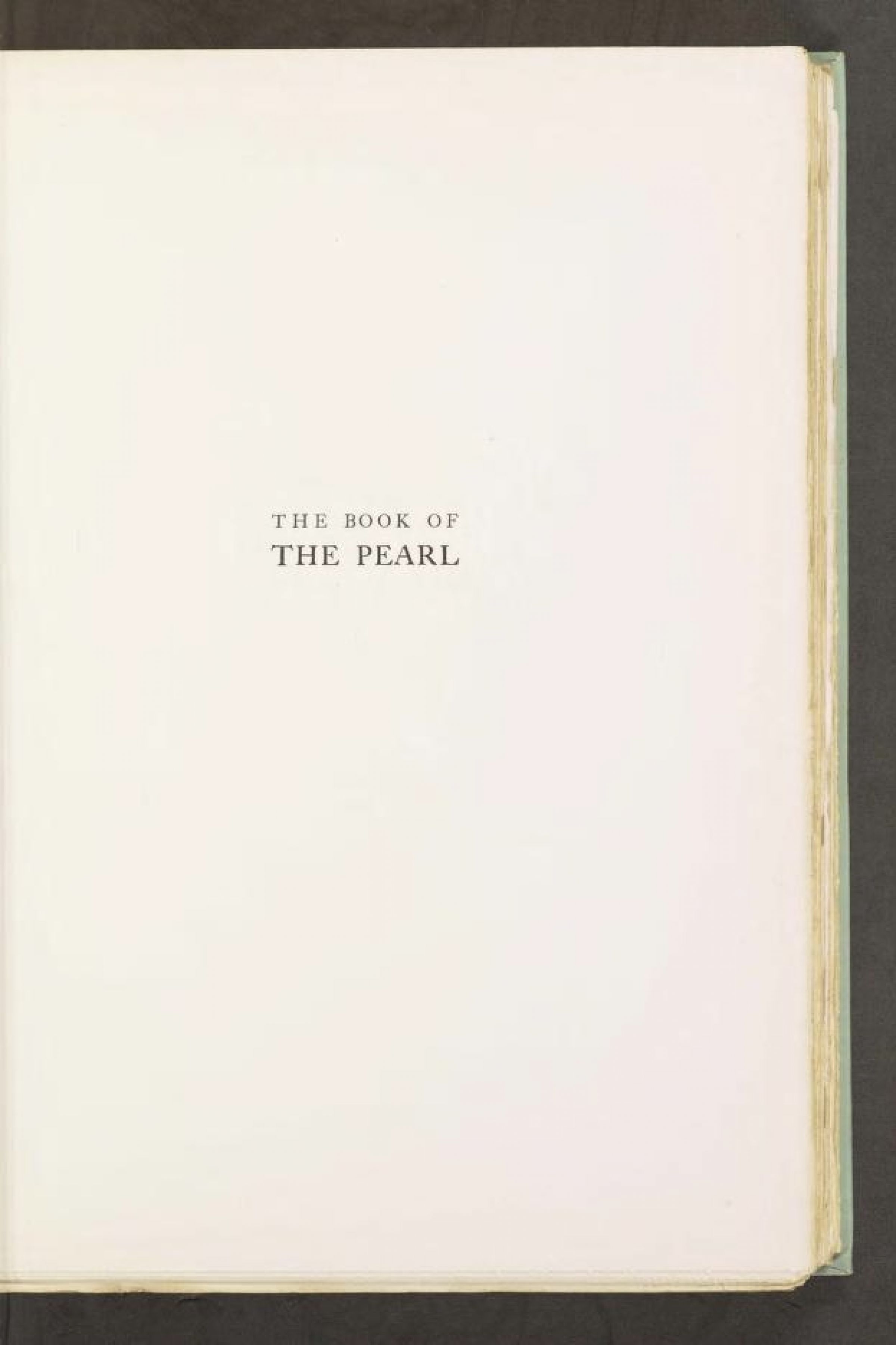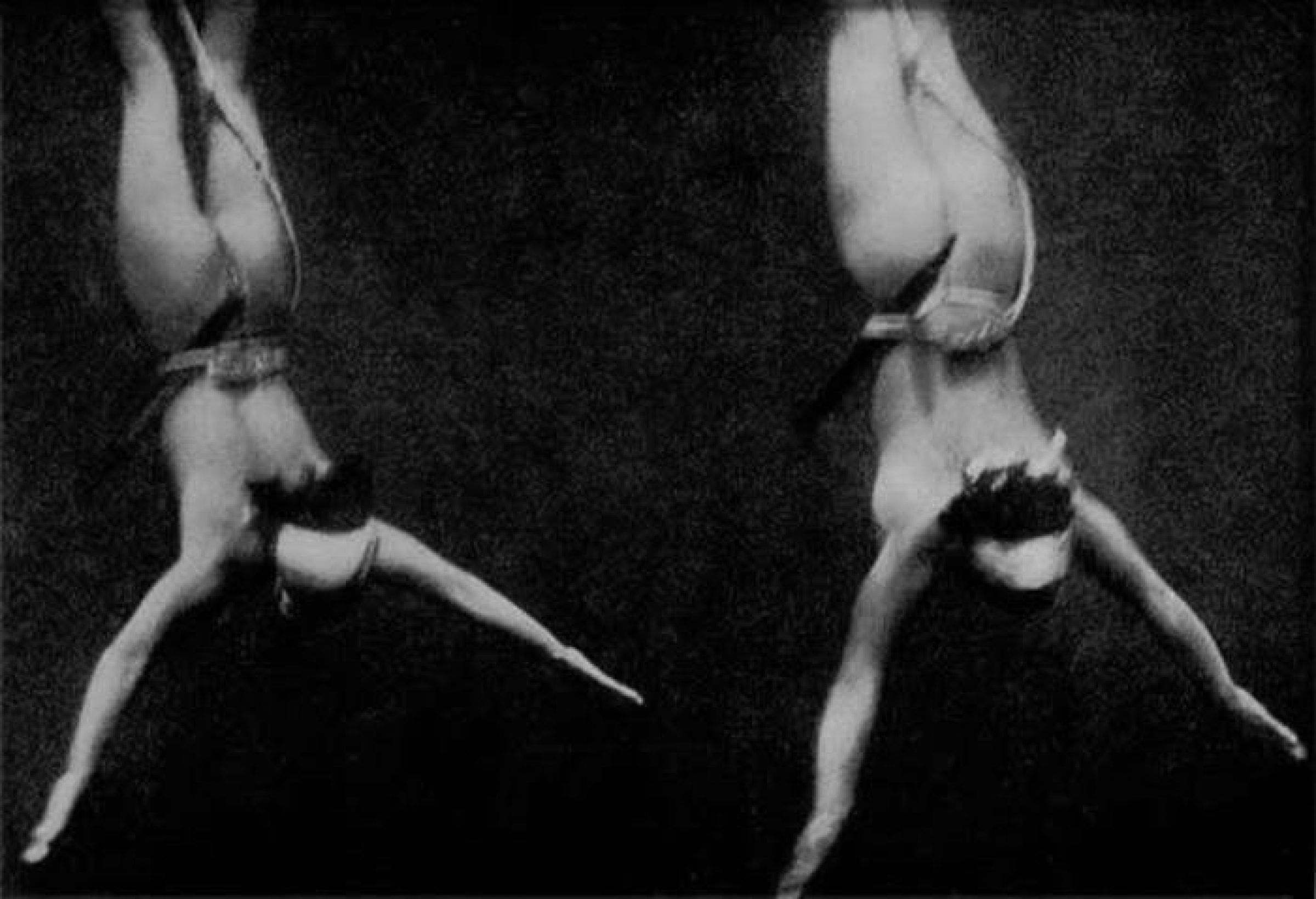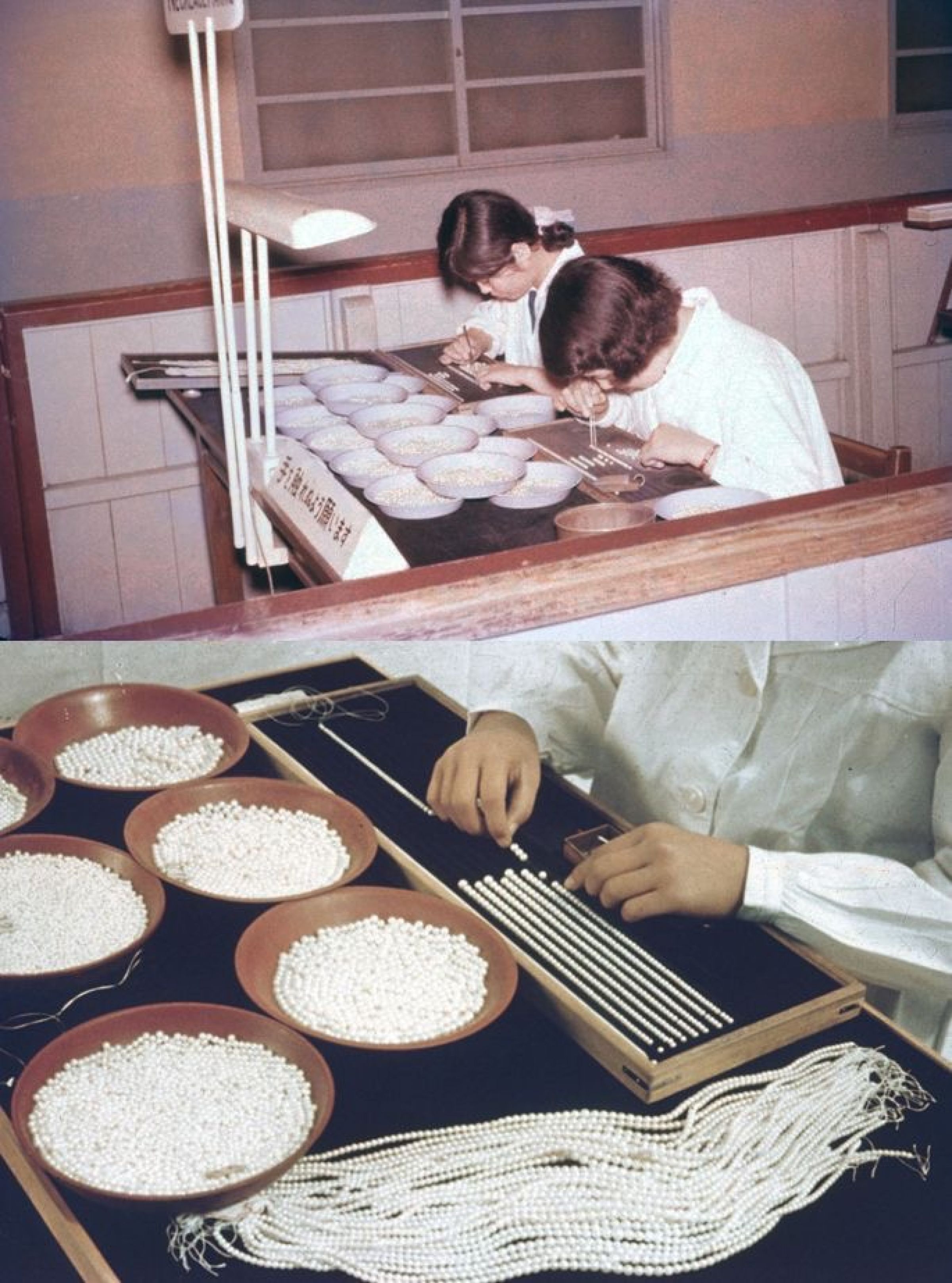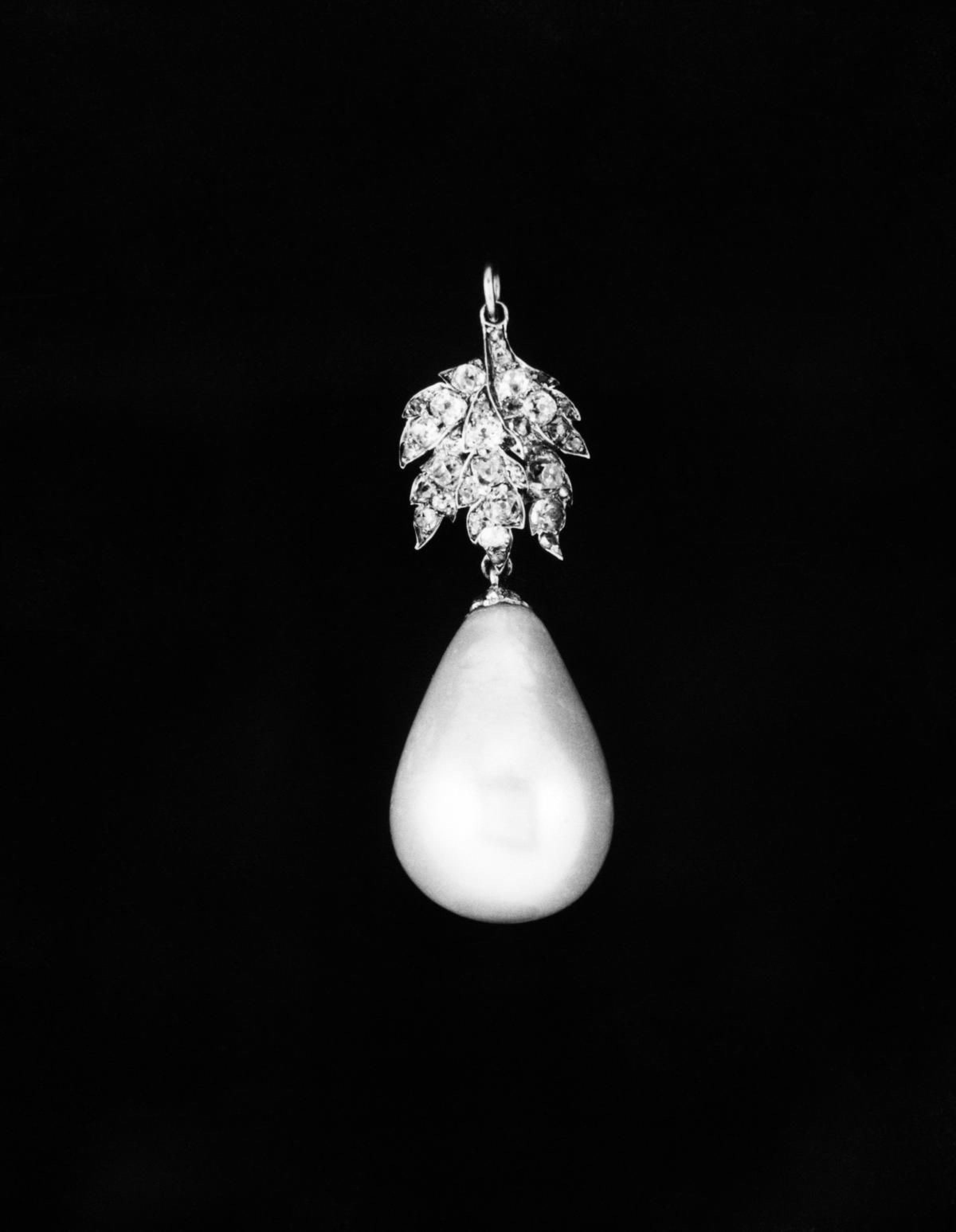




One of the lesser-known but fascinating parts of Japanese culture is that of the Ama pearl divers. Ama (海女 in Japanese), literally means ‘woman of the sea’ and is recorded as early as 750 in the oldest Japanese anthology of poetry, the Man’yoshu. These women specialised in freediving some 30 feet down into cold water wearing nothing more than a loincloth. Utilising special techniques to hold their breath for up to 2 minutes at a time, they would work for up to 4 hours a day in order to gather Pearls. One of the reasons Ama are largely female is the self-supporting nature of the profession, allowing women to live independently and foster strong communities. Perhaps most surprisingly however, is the old age to which these women are able to keep diving. Most Ama are elderly women (some even surpassing 90 years of age) who have practiced the art for many, many years, spending much of their life at sea.:
Natural pearls are extremely rare today.Since 1952, the harvesting of natural pearls has been banned worldwide. Currently, virtually all pearls used in the jewelry industry are cultured. Cultured pearls are not artificial pearls.They are natural pearls grown inside a mollusk shell in natural conditions with human assistance, by implanting a so-called "nucleus" into the oyster. The process of cultivating pearls is multi-stage, extremely complex, and delicate, with a pearl taking between 3 to 12 years to grow. Freshwater (or river) pearls are the most versatile type of pearl, which can grow both in the wild and on pearl farms. China and Thailand are the main countries cultivating this kind of pearl. They come in a wide variety of sizes and a broad range of colors, from dark purple to light pink and white. Saltwater pearls are relatively rare, valued significantly higher than freshwater pearls, and are considerably larger. Cultivating saltwater pearls is much more difficult, and saltwater pearls take longer to grow than freshwater ones.
Pearl is the only gemstone extracted from living animals. All pearl oysters are born male and transform into females at around three years of age. La Peregrina is one of the most famous pearls in the world and translates from Spanish as “the incomparable one.” This unique 500-year-old pearl is pear-shaped and reaches the size of a large pigeon’s egg. Its owners have included Philip II of Spain, Mary Tudor, Napoleon Bonaparte, and Elizabeth Taylor. Pearls have been considered precious since ancient times, evidenced by an artifact from Mesopotamia dating back to approximately 2300 BC. Every pearl is unique and has its flaws. You will not find two identical pearls. Pearl growth can take anywhere from several months to several years, influenced by water conditions, the size and type of the mollusk. The formation of an average-sized pearl takes approximately 5 years. Only about 5% of all pearls are cultivated in saltwater. Akoya, Tahitian, and South Sea pearls are the three main types of saltwater cultured pearls. Typically, ocean oysters are cultivated to produce just one pearl per oyster. Freshwater pearls account for approximately 95% of total global pearl production. A single freshwater mussel can produce between 30 and 50 pearls simultaneously.
:
Your Сart
Cart is empty
Total:
£ {{cartItemsSum}}
